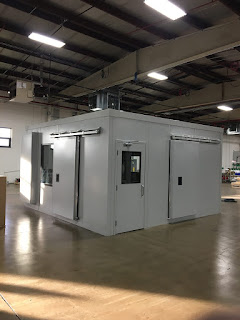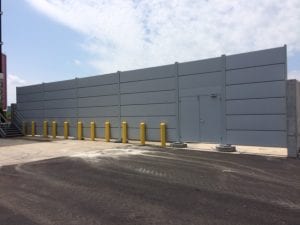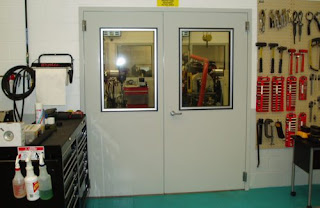Controlling noise in the conference rooms
Treating a conference room with acoustic ceiling clouds should accomplish two things:
• Create an incredible acoustic ambiance for both within the room and on the audio devices such as speaker phones.
• Limit sound within a room so that what is being said within can’t be heard by people outside.
External noise
The basic step to make sure that sounds transferred beyond the room are not permitted to transfer within the room. Walls common should be constructed with an STC of 55 or more, and should all the way extend to the structural deck on top. Ratings of high STC can be achieved through the use of strong isolation clips, vinyl noise barriers and a noisemaster which can add extra mass to the partitions and also dislocate them from the studs reducing both structure and airborne noise.
HVAC Systems
Heating, ventilating and air conditioning systems are a general source of unwanted noise and their design and location should be considered before construction. The size of the ducts should be adequate so that it doesn’t create high air velocities. The selection of air handlers should be with low ratings of sound levels and diffusers should have an NC rating of 25 or less. A soundproofing company can help you with this.
Sound Masking
To make sure there is privacy of speech, it is suggested to install sound masking and sound proofing tiles in the areas beyond the conference room. Often, the sound masking system is known as white noise. It works by creating an incredible, sound spectrum of digital broadband favourable to the speech spectrum that effectively covers the speech levels.
NC Rating
In a conference room, attending to acoustic ceiling clouds is quite vital to offer a meeting space that is functional and also acoustically impressive and maintains the desired NC rating.




Comments
Post a Comment